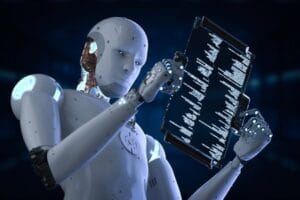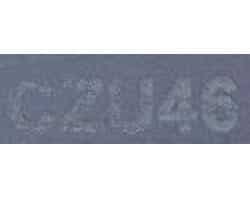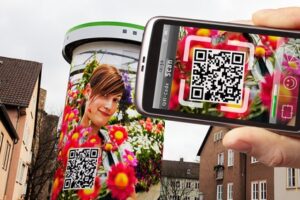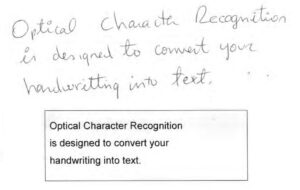
OCR for robots
Robotic tasks may involve reading and understanding written text. When conditions are optimal, camera mounted on robots allow them to interpret text without major obstacles: but oftentimes, this OCR task for robots needs to overcome difficulties, be these due to the position and type of the camera, lighting conditions, the quality of written characters, the shape of the object bearing the text or else. RSIP Vision engineers are experts also in this branch of OCR and can recommend the best solution for your project.
Read More

OCR Software for Low Contrast Images
It is not uncommon that images needing automatic Optical Character Recognition were originally taken in low light or under direct sunlight. RSIP Vision has developed software which accurately binarizes vehicle number plates even in low contrast images, resulting in quick and accurate transmission of license plate details to the client’s database for further action.
Read More

Barcode Detection in complex environments
Automatically localizing and reading barcodes captured by a smartphone-based cameras have great value for industrial and personal applications but create new technical challenges: quality of the image, motion blurs, unpredictable distance to barcode, non-uniform orientation and unknown location of the barcode itself. Image processing and computer vision algorithms can solve these issues: ask RSIP Vision how we do it.
Read More

Real time OCR in natural scenes
With the advancement in technology, the demand for OCR in natural environment is growing, even though outdoor conditions are far from being optimal for machine vision applications: occlusion of written text, text orientation, font style, blurring due to camera motion, and lighting conditions can prove themselves significant challenges in the task of performing real time OCR. Great progress has recently been made in the recognition of characters partially occluded and under heavy noise. RSIP Vision tells you how.
Read More

Deep Learning For OCR
OCR used for the visual inspection of documents has found wide application in both industry and research, though it is more commonly found in connection with printed characters than for handwritten ones, mainly owing to the variability in handwritten characters’ shapes and styles. Hence the need for automatic recognition performed by vision-based tailor-made algorithms and adjustment. Deep Neural Networks as a learning mechanism to perform recognition have proved to be particularly powerful tools, due to their high accuracy in both spotting text region and deciphering the characters.
Read More
